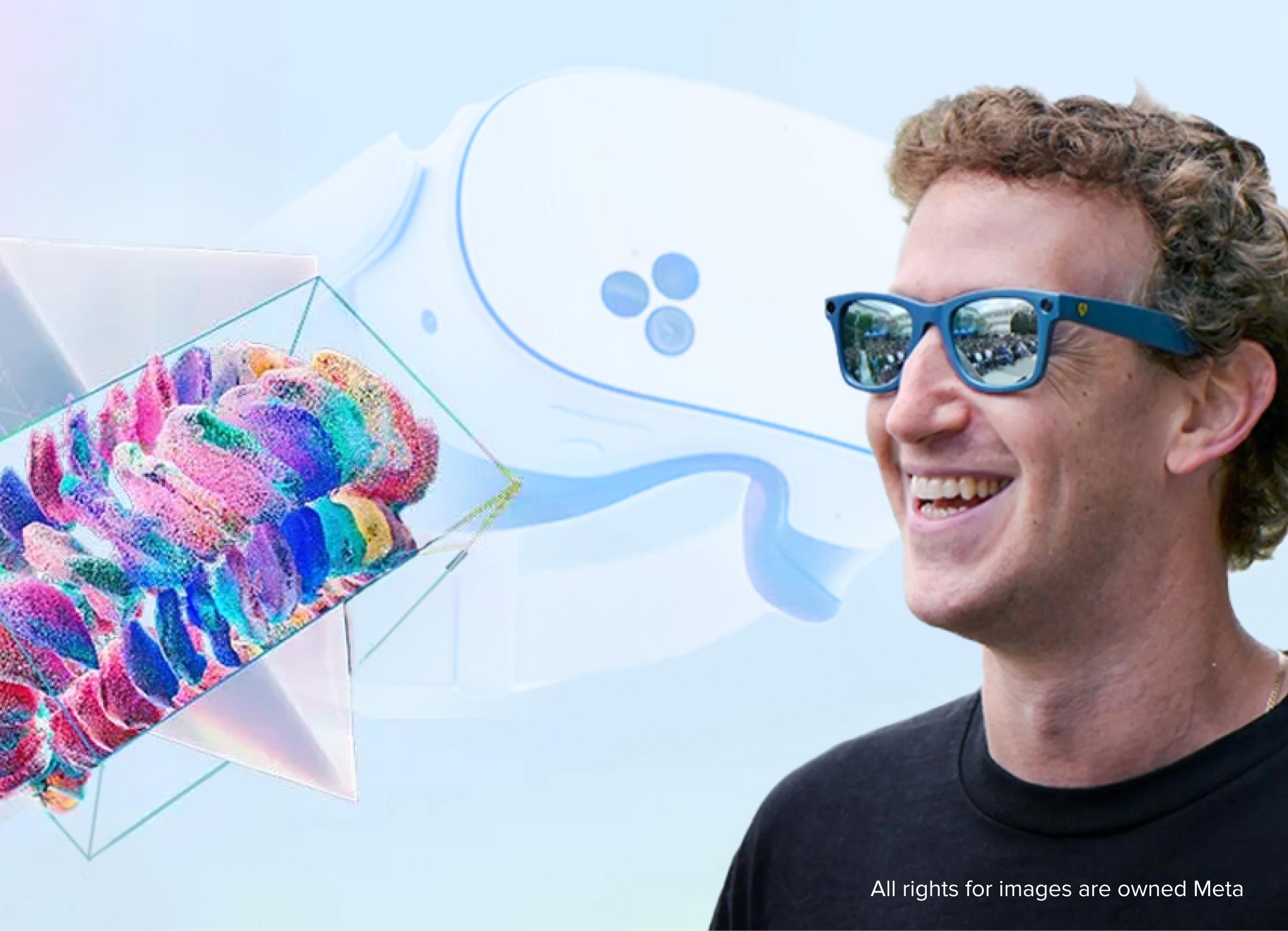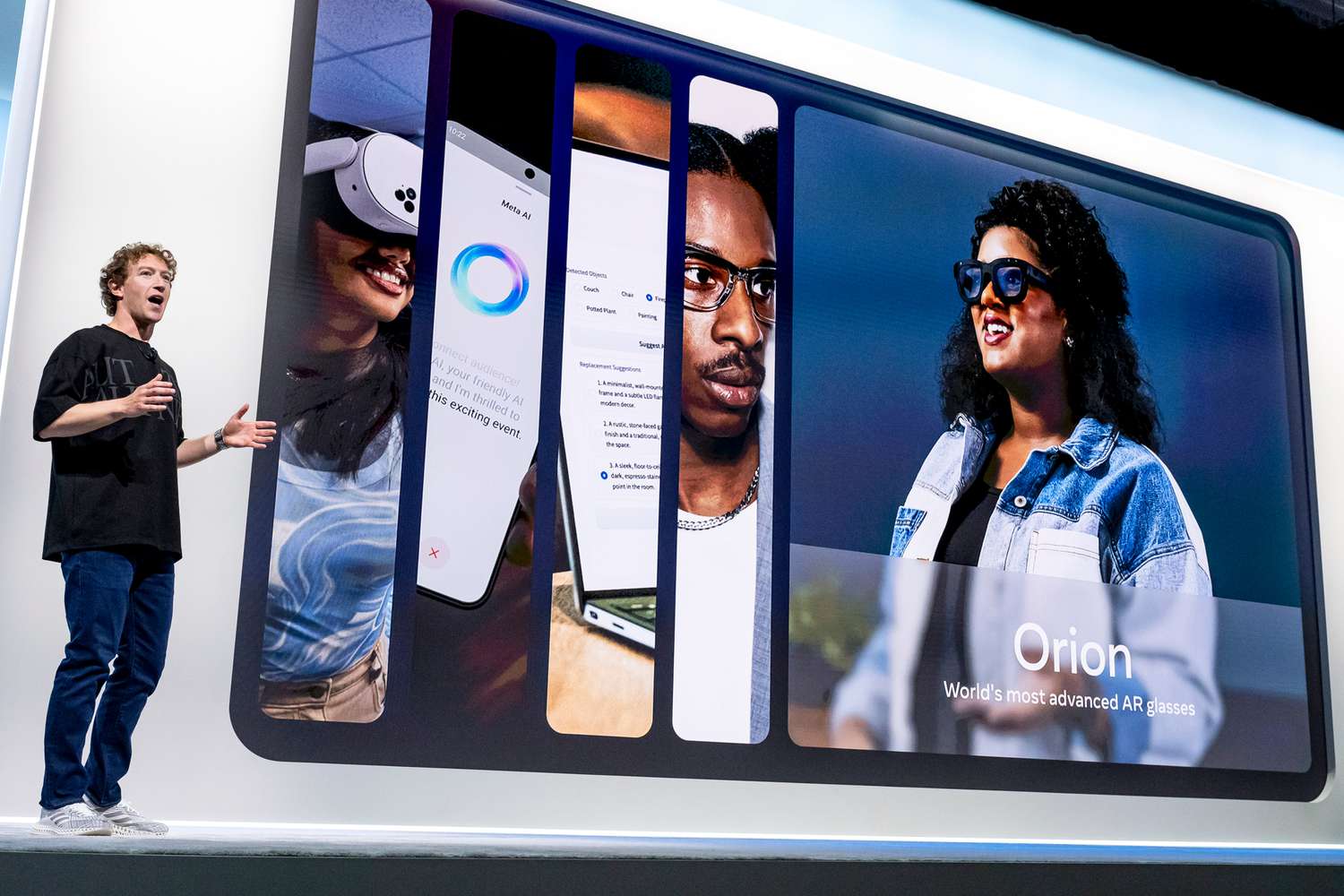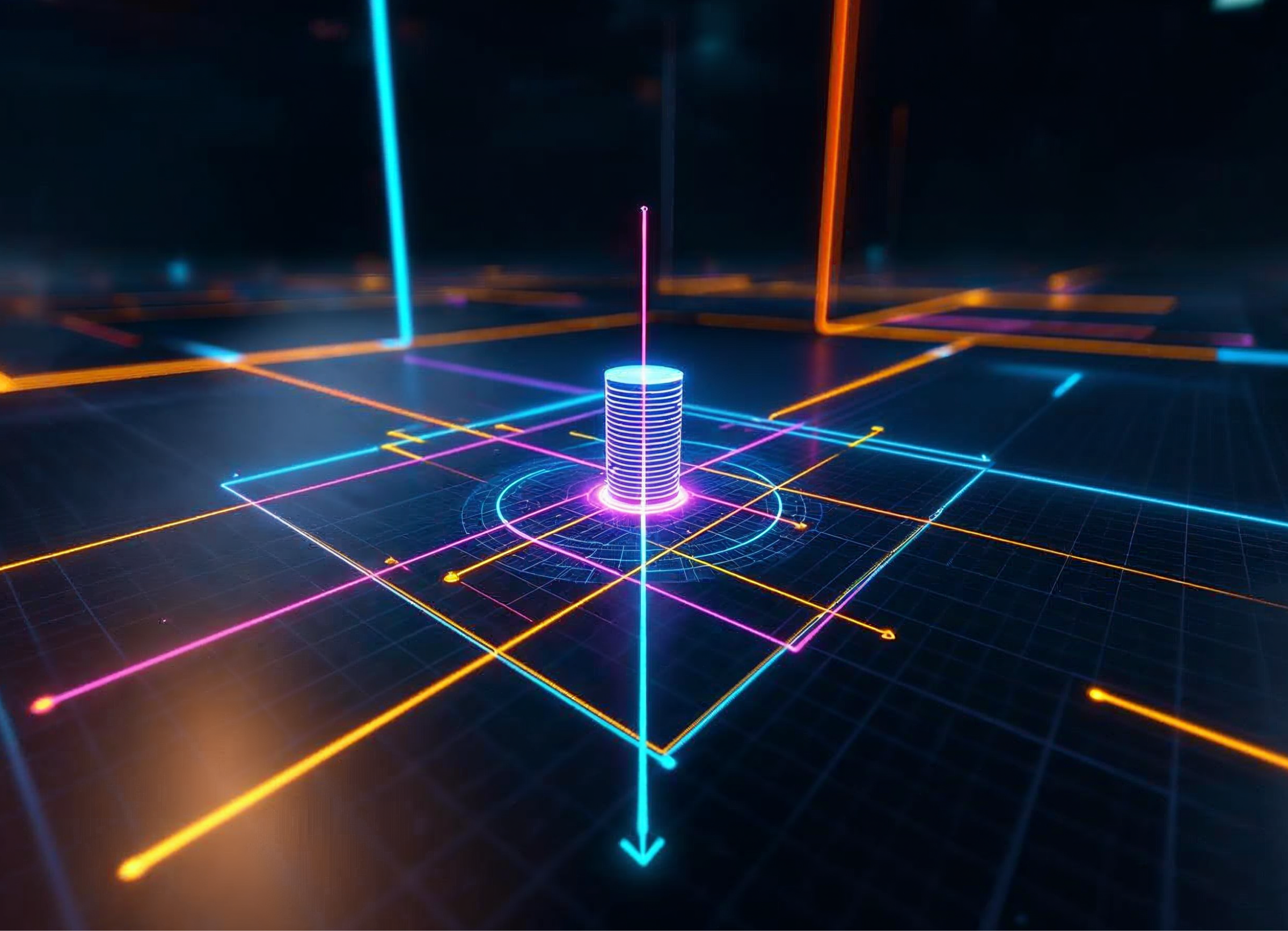
Meta Connect 2024 explored new horizons in the domains of augmented reality, virtual reality, and artificial intelligence. From affordable mixed reality headsets to next-generation AI-integrated devices, let’s take a look at the salient features of the event and what they entail for the future of immersive technologies.

Meta CEO Mark Zuckerberg speaks at Meta Connect, Meta’s annual event on its latest software and hardware, in Menlo Park, California, on Sept. 25, 2024. David Paul Morris / Bloomberg / Contributor / Getty Images
Orion AR Glasses
At the metaverse where people and objects interact, Meta showcased a concept of Orion AR Glasses that allows users to view holographic video content. The focus was on hand-gesture control, offering a seamless, hands-free experience for interacting with digital content.
The wearable augmented reality market estimates looked like a massive increase in sales and the buyouts of the market as analysts believed are rear-to-market figures standing at 114.5 billion US dollars in the year 2030. The Orion glasses are Meta’s courageous and aggressive tilt towards this booming market segment. Applications can extend to hands-free navigation, virtual conferences, gaming, training sessions, and more.
Quest 3S Headset
Meta’s Quest 3S is priced affordably at $299 for the 128 GB model, making it one of the most accessible mixed reality headsets available. This particular headset offers the possibility of both virtual immersion (via VR headsets) and active augmented interaction (via AR headsets). Meta hopes to incorporate a variety of other applications in the Quest 3S to enhance the overall experience.
- Display: It employs the most modern and advanced pancake lenses which deliver sharper pictures and vibrant colors and virtually eliminate the ‘screen-door effect’ witnessed in previous VR devices.
- Processor: Qualcomm’s Snapdragon XR2 Gen 2 chip cuts short the loading time, thus incorporating smoother graphics and better performance.
- Resolution: Improvement of more than 50 pixels is observed in most of the devices compared to older iterations on the market, making them better cater to the customers’ needs
- Hand-Tracking: Eliminating the need for software, such as controllers mandatory for interaction with the virtual world, with the advanced hand-tracking mechanisms being introduced.
- Mixed Reality: A smooth transition between AR and VR fluidly makes them applicable in diverse fields like training and education, health issues, games, and many others.
With a projected $13 billion global market for AR/VR devices by 2025, Meta is positioning the Quest 3S as a leader in accessible mixed reality.
Meta AI Updates
Meta Incorporated released new AI-assisted features, such as the ability to talk to John Cena through a celebrity avatar. These avatars provide a great degree of individuality and entertainment in the digital environment. Furthermore, one can benefit from live translation functions that help enhance multilingual art communication and promote cultural and social interaction.
The introduction of AI-powered avatars and the use of AI tools for translation promotes the more engaging experiences with great application potential for international business communication, social networks, and games. Approximately, 85% of customer sales interactions will be run through AI and its related technologies. By 2030, these tools may have become one of the main forms of digital communication.
AI Image Generation for Facebook and Instagram
Meta has also revealed new capabilities of its AI tools, which allow users to create and post images right in Facebook and Instagram. The feature helps followers or users in this case to create simple tailored images quickly and therefore contributes to the users’ social media marketing. These AI widgets align with Meta’s plans to increase user interaction on the company’s platforms.
Social media engagement holds 65% of the market of visual content marketers, stating that visual content increases engagement. These tools enable the audience to easily generate high-quality sharable visual images without any design background.
AI for Instagram Reels: Auto-Dubbing and Lip-Syncing
Advancing Meta’s well-known Artificial Intelligence capabilities, Instagram Reels will, in the near future, come equipped with automatic dubbing and lip-syncing features powered by the artificial intelligence. This new feature is likely to ease the work of content creators, especially those looking to elevate their video storytelling with less time dedicated to editing.
The feature is not limited to countries with populations of over two billion Instagram users. Instead, this refers to Instagram’s own large user base, which exceeds two billion monthly active users globally. This AI-powered feature will streamline content creation and boost the volume and quality of user-generated content.
Ray-Ban Smart Glasses
The company also shared the news about the extensions of the undoubted and brightest technology of the — its Ray-Ban Smart Glasses which will become commercially available in late 2024. Enhanced artificial intelligence capabilities will include the glasses with hands-free audio and the ability to provide real-time translation.
The company’s vision was making Ray-Ban spectacles more user friendly to help those who wear them with complicated tasks, such as language translation, through the use of artificial intelligence.
At Meta Connect 2024, again, the company declared their aim to bring immersive technology to the masses by offering low-priced equipment and advanced AI capabilities. Meta is confident to lead the new era of AR, VR, and AI innovations in products such as the Quest 3S, AI-enhanced Instagram features, and improved Ray-Ban smart glasses.
With these processes integrated into our digital lives, users will discover new ways to interact, create, and communicate within virtual worlds.


